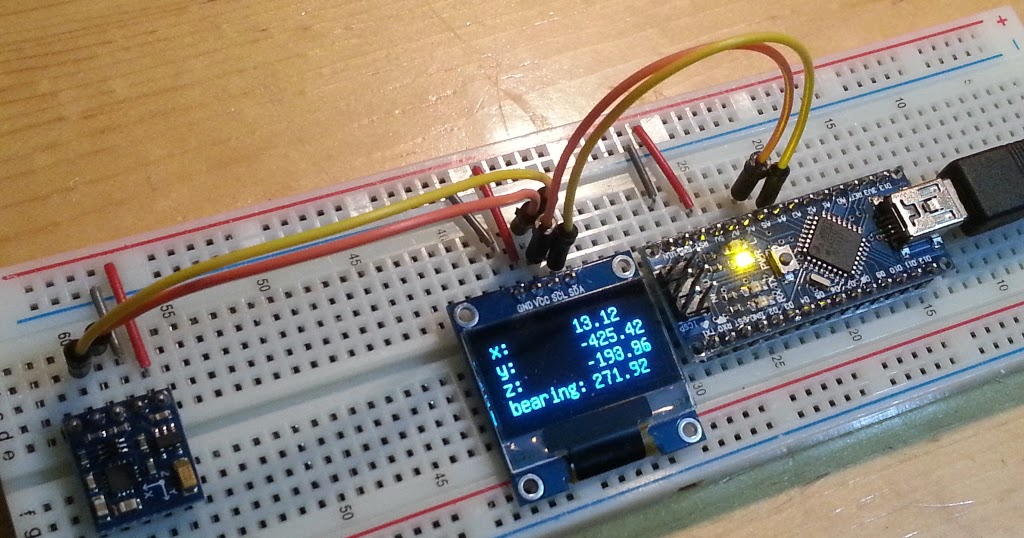

Place your library files into the Arduino libraries folderįirst, you have to know where to put your library. Let’s use the my_library.cpp and my_library.h files that we just created.
ARDUINO WIRE LIBRARY SOURCE CODE CODE
You just have to include the header file and you can use the addTwoInts() function without changing your initial code.Īll right, now that we have separated the code, let’s create a real Arduino library! Separating the code you want to put into your library is only the first step. your_main_code.ino #include "my_library.h" Now, let’s use this function in our sketch again. Here you just import your header file, and you implement the code for the function. The implementation will be done in the Cpp file. On your main program it’s automatically added for you if you forget it, but not on other files or libraries.įinally, you have the prototype of your function. Then, don’t forget to include the Arduino library. For example, if you have a temperature_sensor.h file, you can use “TEMPERATURE_SENSOR_H”. You start with the header guards and add your code between the #define MY_LIBRARY_H and #endif.įor the header guard’s name, usually it’s a good practice to use the name of your file in uppercase and add “_H”. Write the following code into those 3 files. Then restart your Arduino IDE, or close/open your current sketch. If you named your project MyProgram, then the file is called MyProgram.ino, and is located inside the MyProgram/ folder.Ĭreate 2 new files: my_library.h and my_library.cpp.

In this folder, you should already have a. Also, you can find where is your current sketch file directly from the Arduino IDE: click on “Sketch” > “Show Sketch Folder”. Usually it’s inside the “My Documents/Arduino” folder, unless you changed the default location. To do that, find where your Arduino sketch is located. Let’s create 2 files: a Cpp and a header file. Separating the library code from the rest Here we’ll make the addTwoInts() function a part of a library named my_library.įor now, all the code is in the same file, which isn’t really practical for separating the library from the main code. The function will take 2 integers as parameters and return the sum. Let’s start with a very simple program, and from that create a library step by step.įirst, write this small Arduino sketch, which only has one function. Step 1: Write your Arduino library code Starting code Going further with your Arduino library.Another example: a library for a LED class.Import the library through the Arduino IDE.Place your library files into the Arduino libraries folder.Separating the library code from the rest.Step 1: Write your Arduino library code.For questions/help regarding third party libraries please post to Libraries Development. Check out the Arduino Playground Code Library.

There is a wide number of libraries developed by the Arduino community, If the libraries use the standard set of commands of the Wiring Framework API they should work fine. For feedback and support, please post to the Forum, for development discussions post to Libraries Development. Follow the links below for more information about each library.Ĭontributed libraries are developed, documented, and maintained by members of the Wiring community. You will need to create the "libraries" folder if this is your first contributed library. Copy the contributed library's folder into the "libraries" folder at this location. To find the Wiring sketchbook location on your computer, open the Preferences window from the Wiring application and look for the "Sketchbook location" item at the top. Interface sensors and motors without the need to program it in Wiring, directly in Processing or JAVA!.Ĭontributed libraries if standard (Wiring libraries style) must be downloaded separately and placed within the "libraries" folder of your Wiring sketchbook or follow the instructions in their respective site. The library is in an early stage but is already useful for small applications in Processing. WiringLib for Processingīy Christoph Wartmann and Etienne Ribeiro This library allows to control the Wiring I/O board from Openframeworks without write code in the Wiring IDE. This library allows to control the Wiring I/O board from Processing without writing code in the Wiring IDE.


 0 kommentar(er)
0 kommentar(er)
